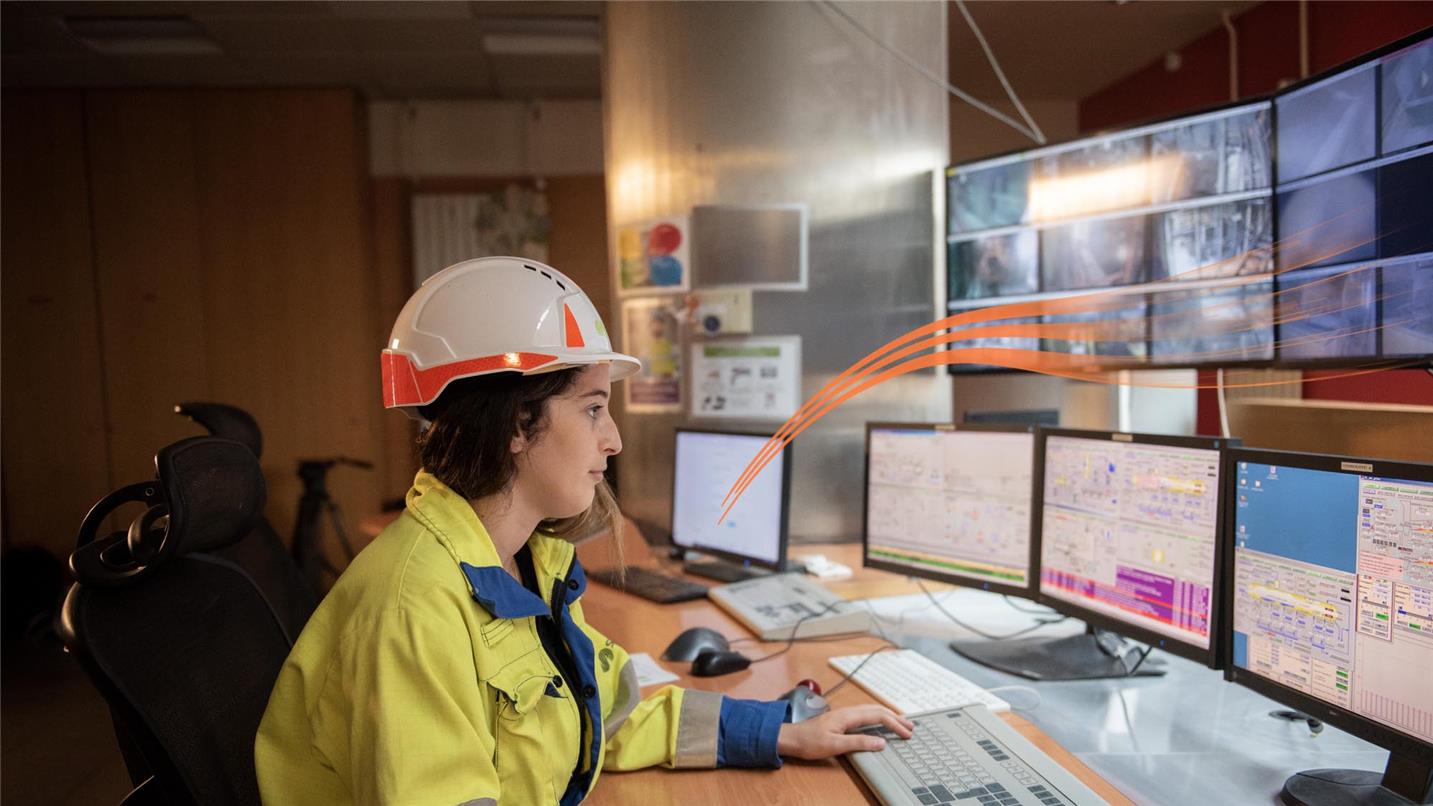Our strategy
SUEZ leverages its profound expertise in water and waste, its ability to manage complex projects at a large scale, its partnership culture, recognized brand, and deeply committed teams to generate environmental and social value
Launched in September 2022, SUEZ’s new 5-year strategy is built on the Group’s historical strengths:
→ a profound expertise and know-how in water and waste, along with an ability to manage complex projects at a large scale, generating environmental and social value;
→ a partnership culture, deeply engrained in the DNA of the Group, that comes out as its unwavering commitment to deliver high-quality solutions and services, and as maintaining long-term relations with its clients;
→ a known and recognized brand in France and abroad;
→ deeply committed and passionate teams, putting their ingenuity at the service of society, driven by making a difference and providing solutions to our collective environmental and societal challenges.
The new strategy will lead us to become the trusted partner for circular solutions in water and waste. It is a step change and relies on 3 pillars:




